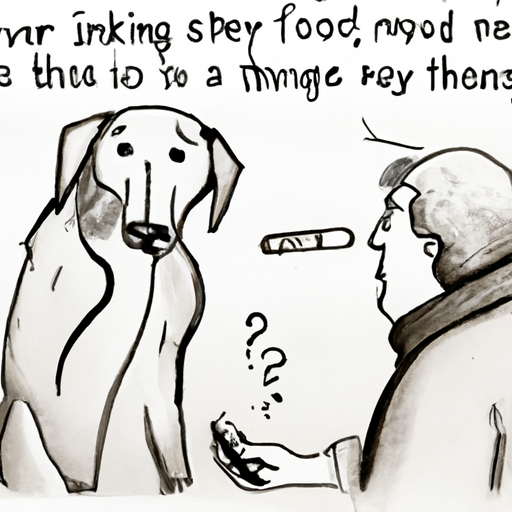A Dog’s Nose: The Basics
Let’s start by understanding the basics of a dog’s nose. Like human fingerprints, no two dog noses are the same. Their noses are unique, with a mixture of ridges and dimples creating an individual pattern. But it’s not just for show; a dog’s nose is a powerful tool.
They can smell things that are completely beyond our human capabilities. Their noses are a source of endless fascination, sniffing out everything from food to potential danger. But what does it mean when your dog’s nose is warm? Is it a sign of illness, or is it entirely normal?
Myth vs. Reality: The Cold, Wet Nose
You’ve probably heard the old wives’ tale that a cold, wet nose signifies a healthy dog, while a warm, dry nose means illness. However, this is not entirely true. The temperature or wetness of a dog’s nose can change due to various factors:
- Weather: Just like human skin, a dog’s nose can dry out in hot, arid conditions.
- Hydration: If your dog is dehydrated, their nose may become dry or warm.
- Sleep: Dogs’ noses tend to dry out while they’re sleeping.
So, a warm, dry nose does not necessarily mean your dog is sick. But when should you be worried?
When to Be Concerned: Spotting the Warning Signs
While a warm nose alone doesn’t signify illness, there are some signs you should look out for:
- Persistent dryness or cracking
- Discharge or bleeding
- Change in color
- Difficulty breathing
If you notice any of these symptoms, it’s time to consult a vet. A table showing these symptoms and possible causes is below:
| Symptom | Possible Causes |
|---|---|
| Persistent dryness or cracking | Dehydration, sunburn |
| Discharge or bleeding | Infection, injury |
| Change in color | Allergies, skin conditions |
| Difficulty breathing | Respiratory diseases |
Caring for Your Dog’s Nose: Tips and Tricks
Taking care of your dog’s nose is crucial. Here are some tips:
- Keep your dog hydrated. Always ensure they have access to fresh water.
- Protect their nose from extreme weather. Use dog-safe sunscreen in hot weather and a moisturizing balm in cold, dry conditions.
- Regular checkups. Regular vet checkups can help spot any potential issues early.
Frequently Asked Questions (FAQs)
Q: How often should a dog’s nose be wet?
A: There’s no set rule. The wetness of a dog’s nose can change throughout the day.
Q: Can a dog get a sunburned nose?
A: Yes, dogs can get sunburned, especially breeds with lighter skin and fur.
Q: Should I worry if my dog’s nose changes color?
A: A color change could indicate an issue, such as an allergy or skin condition. Seek veterinary advice if you notice this.
Q: Is a dry nose a sign of dehydration in dogs?
A: It can be, but it’s not the only sign. Other signs include lethargy, dry gums, and decreased appetite.
Remember, as a caregiver, you know your dog better than anyone else. If something feels off, don’t hesitate to seek veterinary advice. After all, a little bit of knowledge and a lot of love can go a long way in keeping your furry friend healthy.



